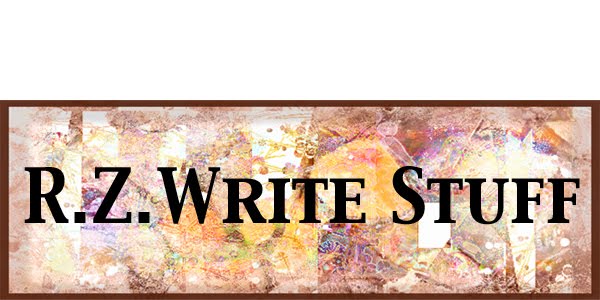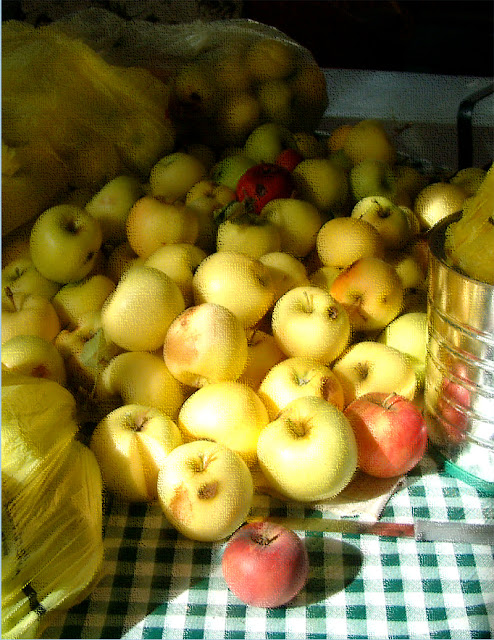
November seems to have a different character each year in Colorado. One year, the leaves may still be green, and if like last year, trees were covered in snow. Actually in October of 2011, we had one of those early snowfalls, with the leaves still on the trees, and my apple trees still full of bright red apples! My maple tree in front was badly broken, but the apple trees held up very well.
The above scene was one of twenty-five from various places I have lived, that I have used in a book of haiku I am writing, representing changes of landscape and weather throughout the year. I am using fifty haiku poems. The images are not strictly illustrations of the verses. The sequence of both poems and photographs is generally from the start of a year to the end.
The following is a poem I am quite excited about:
Gathering Fragments
Illuminated writing decorates black velvet
in her open-eyed dreams. It is one a.m.
Diverse innovations congeal from disparate
sources:: an
assemblage of materials suggest
new constructions used in new ways. She is
wrapped by diverse threads, uncoiling from
the universe, wrapping her gently in a cocoon
of delight. The meanings are in a new tongue.
The woman can feel herself morphing
in the darkness but she cannot sleep.
Excitement boils in her blood, anxious as she is
to learn her new identity, what new creature
is shape-shifting within this matrix?
Her heart whispers, a
gift is coming.
The confettied particles fall faster than
she can grasp them in her
hands:: to hold them
she must juggle in constant sequence.
Like leaves they blow before the wind.
Weightedness is needed to make them fly.
The woman has come before her time,
and her body fails before time catches her up.
She surrenders into now. She is herself a
flying scrap. The wind lifts her into her new
incarnation. Faster and faster the fragments
fall into her mind. Hands on her head, the shape
is like a satellite dish, a funnel. She sees
collages forming in her lap. Bits and pieces
grow from her fingers, gathered from living fully,
form patterns connected by intuition, layers
experienced through multiple spirals of time.
The exercise for Greeley Poetry Club was to stretch in one's approach, by using methods to encourage divergent thinking, such as to generally collect fragments of poems-suggested over a period of time- phrases, words, images and write them down, and then to put them into a sequence of related ideas. This tactic was one called "Chasing Poems."
It was adapted by Mary Lauck, from Writing Poetry; Creative and Critical Approaches by Chad Davidson and Gregory Fraser.
I loved the surrealistic result, and also the delight I felt while noticing strange synchronicities emerge over the period of time I paid attention. I was sorting my books, and looking for missing books that might relate to making hand-made books. The books I was looking for appeared from other book cases, like fragments, and also art images literally fell out of some shelves as if to make me notice them. Having an open mind allows for connections between different ideas to occur, without having a linear goal in mind, both in the process of writing and in art.
The process ended with two poems emerging along with about a hundred approaches for making hand made books. And one large bookshelf is now organized!
Writing and Images in this post are the © property of Ruth Zachary.










